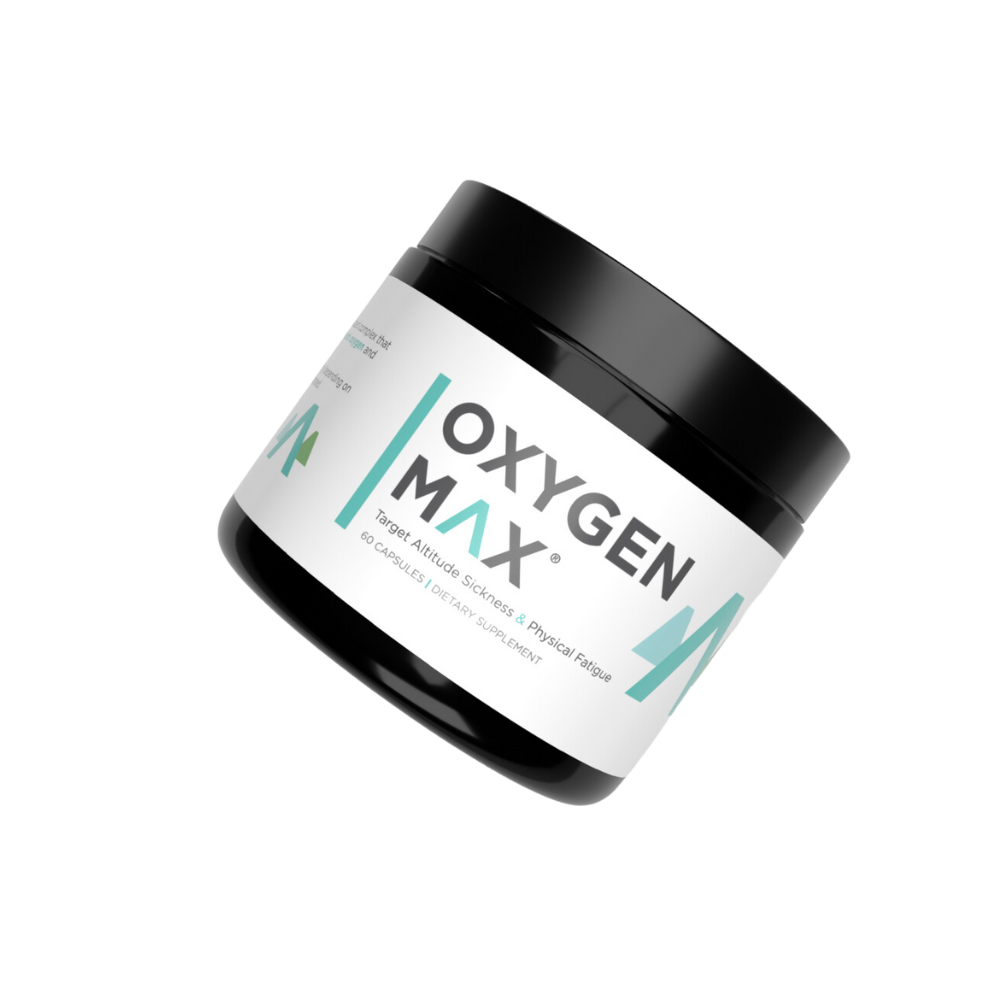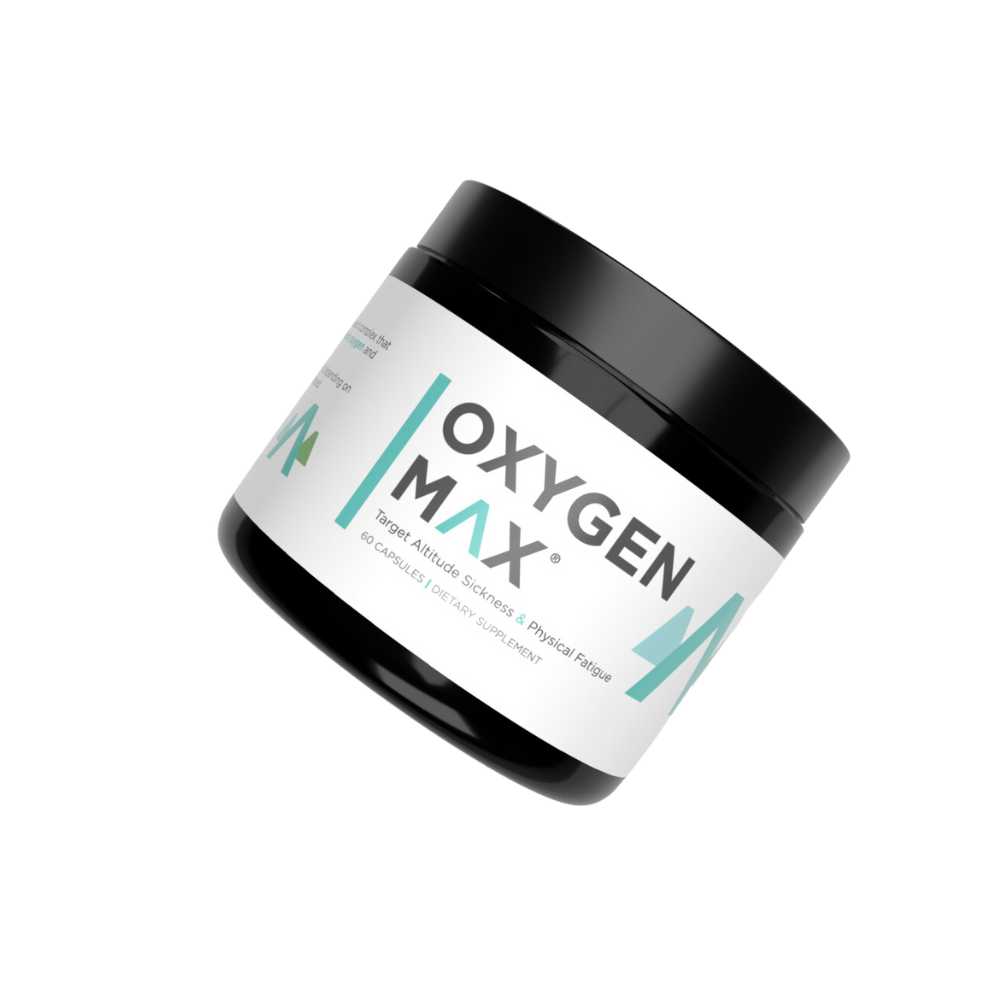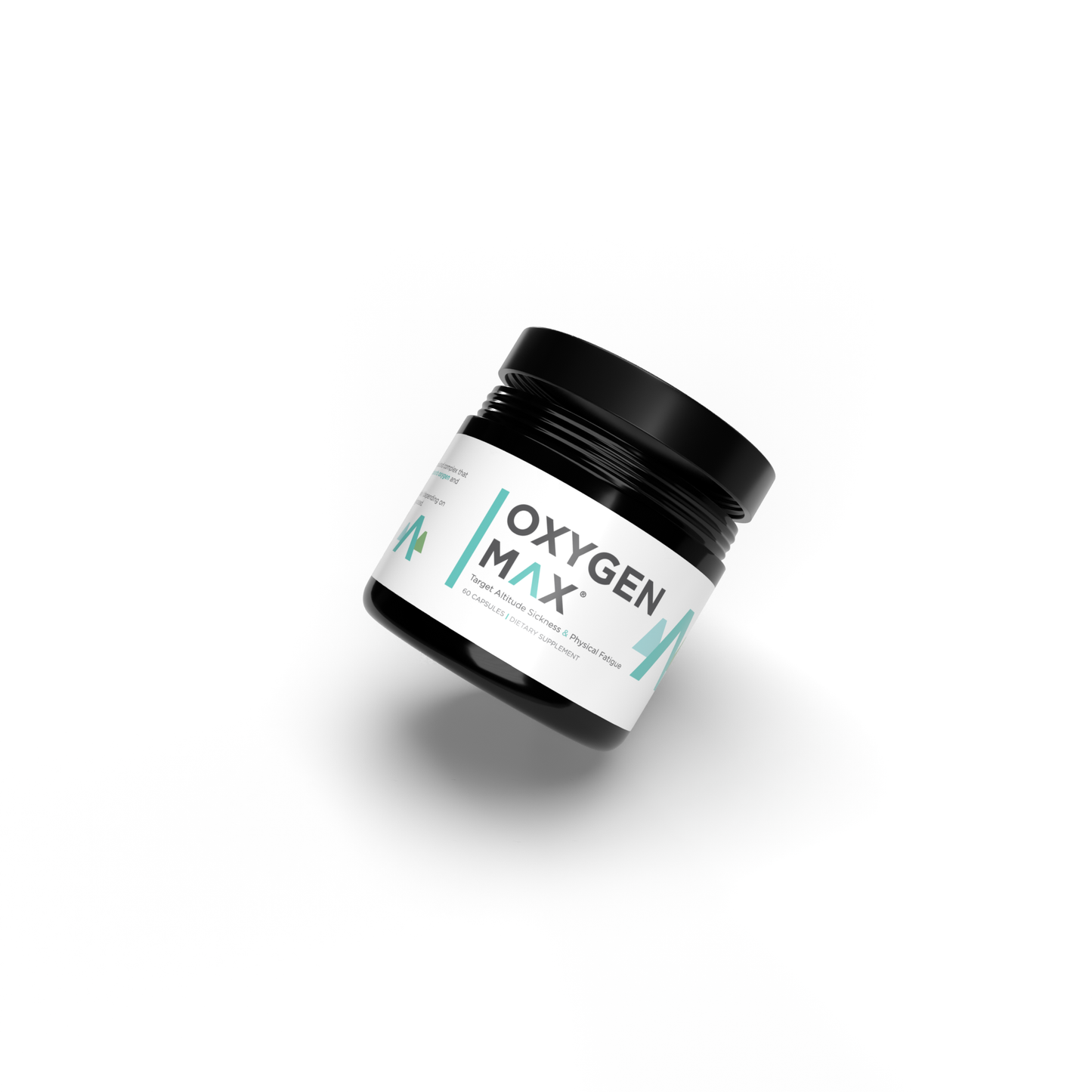Introduction
Scaling serious elevations offers an incredible sense of accomplishment and awe-inspiring views. However, altitude sickness can be a significant roadblock to this amazing experience. This article provides five essential tips to help you avoid altitude sickness, ensuring your next high mountain climb is as enjoyable as possible.
Getting a Handle on Altitude Sickness
Altitude sickness, or Acute Mountain Sickness (AMS), occurs when you ascend to high altitudes too rapidly, leading to reduced oxygen levels in the air. Symptoms include headaches, dizziness, fatigue, nausea, and vomiting. Understanding AMS and its connection to rapid elevation changes is crucial for a safe and exciting adventure.
Safety Prevails, Excitement Follows
Thorough preparation and precautions are vital for mountain climbing, just like any other sport or leisure activity. It’s not only about having the right equipment or physical training but also about understanding how your body copes with varying altitudes.
Ascend Boldly
Altitude Sickness: How to Avoid Those Unpleasant Symptoms?
Altitude sickness can bring a range of troublesome symptoms. To avoid these unpleasant experiences, consider the following tips:
1. Gradual Acclimatization
Give Your Body Time
Allow your body to adjust gradually to changes in altitude. Ascend slowly, allowing enough time for oxygen levels to decrease without overwhelming yourself. Remember the mountaineers’ wisdom: Climb high during the day and sleep at lower altitudes where oxygen levels are more consistent.
2. Stay Hydrated
Water is Essential
Dehydration can occur easily at high altitudes, so monitor your water intake. Balance is key – optimal hydration levels ensure your body performs at its best.
Avoid Diuretics
Substances like alcohol and caffeine act as diuretics, leading to dehydration. Avoid them to maintain proper hydration levels.
3. Medication & Natural Alternatives
Consider over-the-counter, prescription alternatives, and natural remedies like Oxygen Max for acclimating more quickly. Consult your healthcare professional before starting any medication for altitude sickness prevention.
4. Maintain a Healthy Diet
Eating well is crucial for preventing altitude sickness. Ensure a balanced nutritional intake, especially high-carb meals for easier digestion and quick energy at altitude. Eating small, frequent meals helps preserve your digestive system while adjusting to the height.
5. Physically Prepare Yourself Before Climbing Up There
Ensure your body is physically fit before embarking on a high-altitude mission. Regular running or biking can boost overall fitness and help your body cope with less oxygen pressure at higher elevations. Know your limits and don’t push yourself too hard if you experience symptoms associated with mountain sickness.
Take your Time and Enjoy the Ride
Be patient, nourish your body properly, and give it enough time to adjust. Embrace the climb and enjoy every step of your journey.
Final Thoughts
Altitude sickness doesn’t have to dampen your mountain trip. With proper organization and acclimatization, you can enjoy a safe and rewarding adventure. Remember, every journey starts with one step, and each peak reached begins by respecting what your body is capable of. Equip yourself with these methods of avoiding altitude sickness and exploring new heights like never before!
Resources
- Centers for Disease Control and Prevention (CDC) – Altitude Sickness: Offers comprehensive guidelines and advice on managing and treating altitude sickness, including tips on acclimatization and hydration. Visit Site
- WebMD – Altitude Sickness: Provides a detailed overview of altitude sickness, including causes, symptoms, treatment options, and preventive measures. Visit Site
- Mayo Clinic – Altitude Sickness: Offers in-depth information about altitude sickness, including prevention strategies, dietary recommendations, and the importance of physical preparation. Visit Site
- American Hiking Society – High Altitude Hiking Tips: Provides practical tips and advice for hikers planning to venture into high-altitude areas, focusing on acclimatization, hydration, and physical fitness. Visit Site




